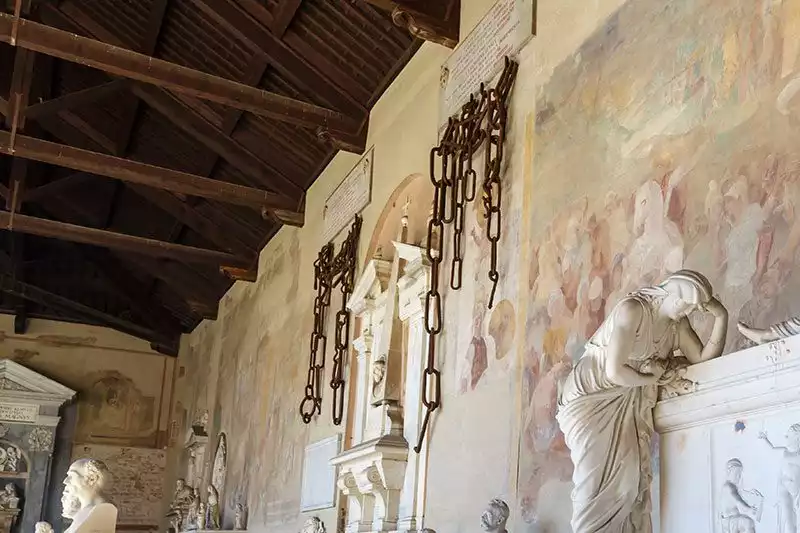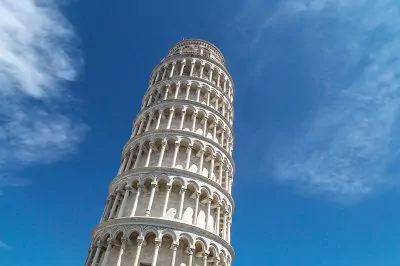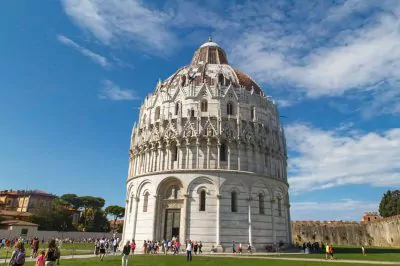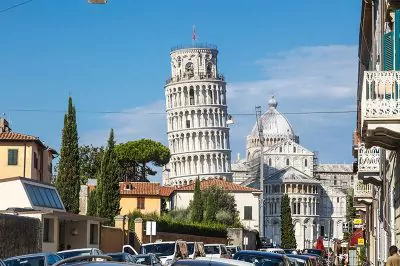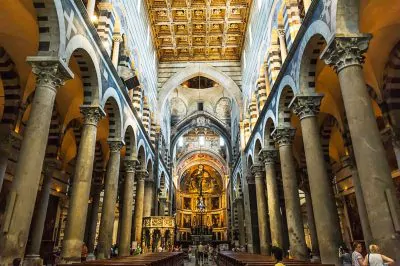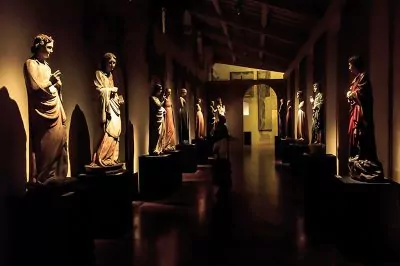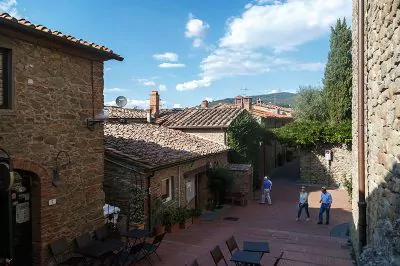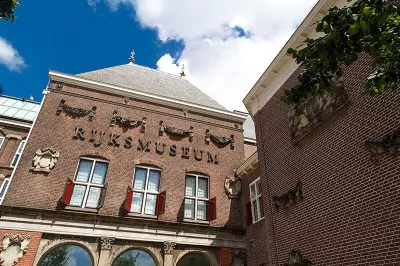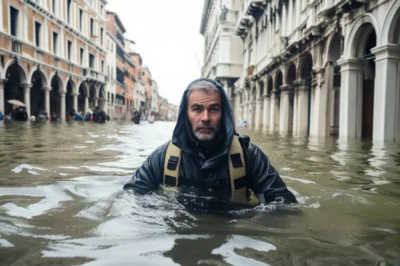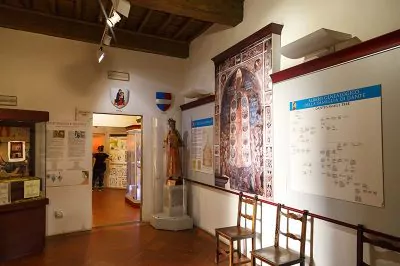Camposanto Monumentale di Pisa: Memorializing The Dead
Built between 1278 and 1464, the Camposanto Mausoleum, one of the few important historical monuments in Pisa, contains many statues and sarcophagi from the Roman period.
Campo Santo literally means Holy Place. The fourth and last building in the Cathedral Square, Camposanto was built on top of a cemetery from the previous century.
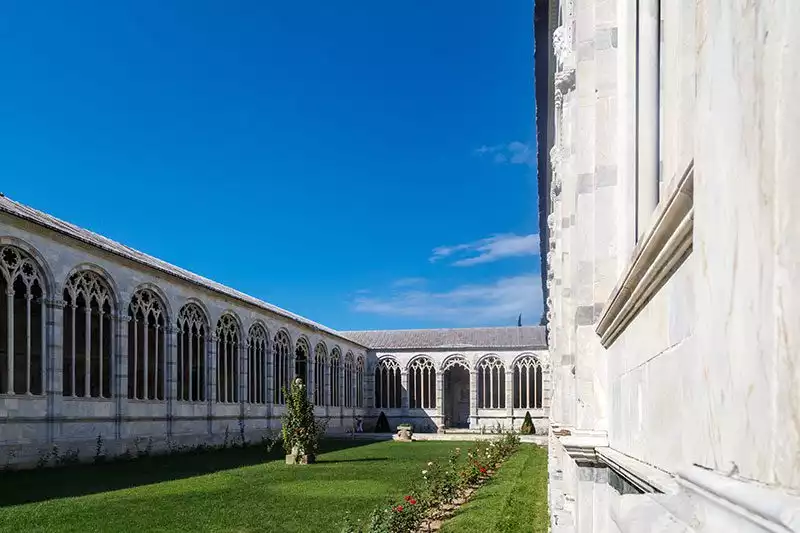
The construction of the building was started by Giovanni di Simone, but after Simone lost his life in a naval battle against the Genoese in 1284, it was not built for a while. This is the reason why the building was completed in 1464.
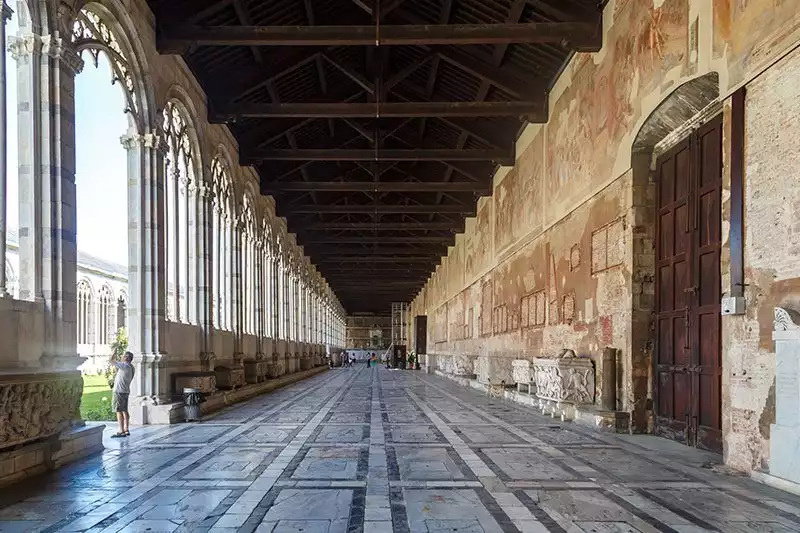
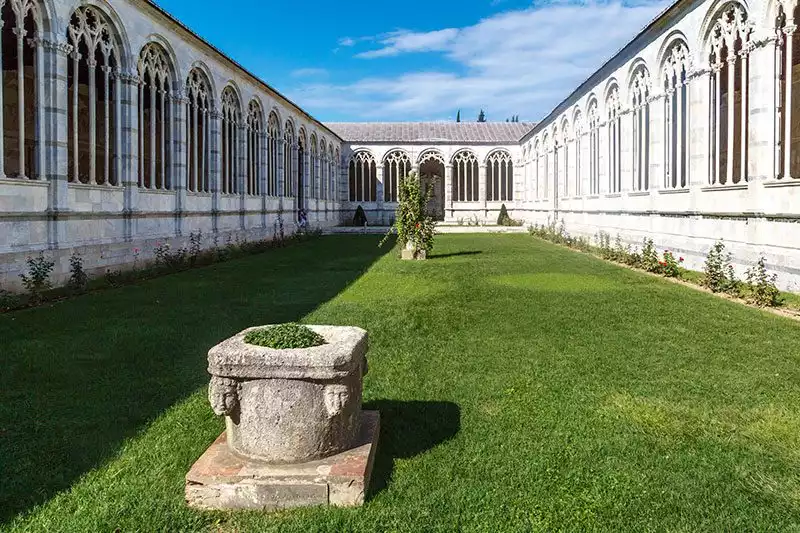
During World War 2, the ceiling of the Camposanto Mausoleum was burned to the ground and the destruction damaged many statues, sarcophagi and frescoes inside the building. After World War 2, the building was restored and most of the frescoes were moved to the Sinopie Museum on the other side of the square. Later they moved some of them to Camposanto, their original location, but we don’t know if they will move all of them or if some of them will remain in the museum.
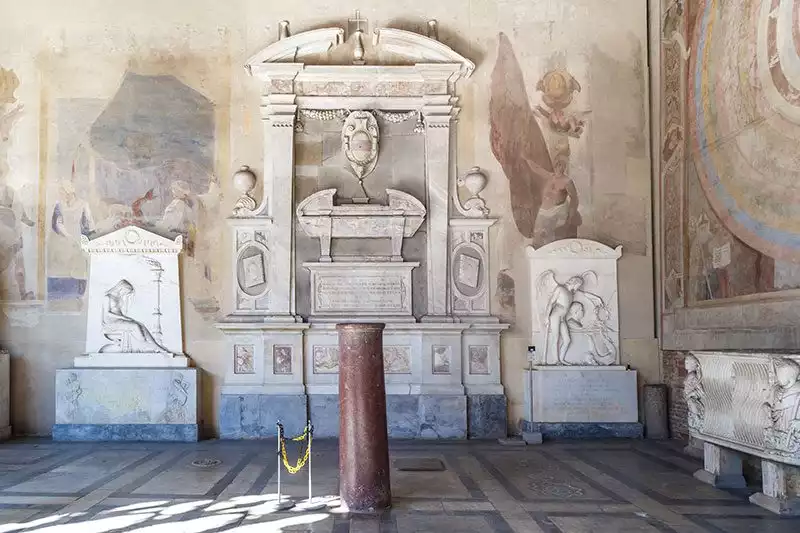
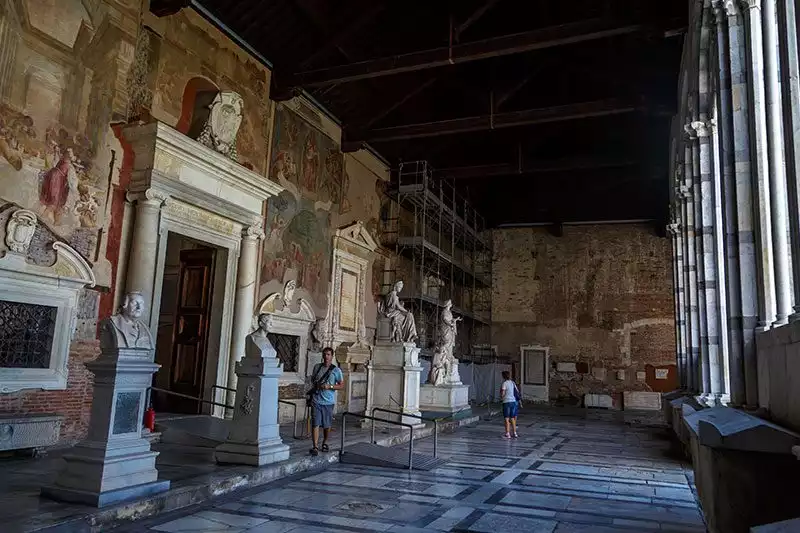
The most important of Camposanto’s frescoes is kept in a closed room in the north gallery. The 14th century fresco is called Triumph of Death.
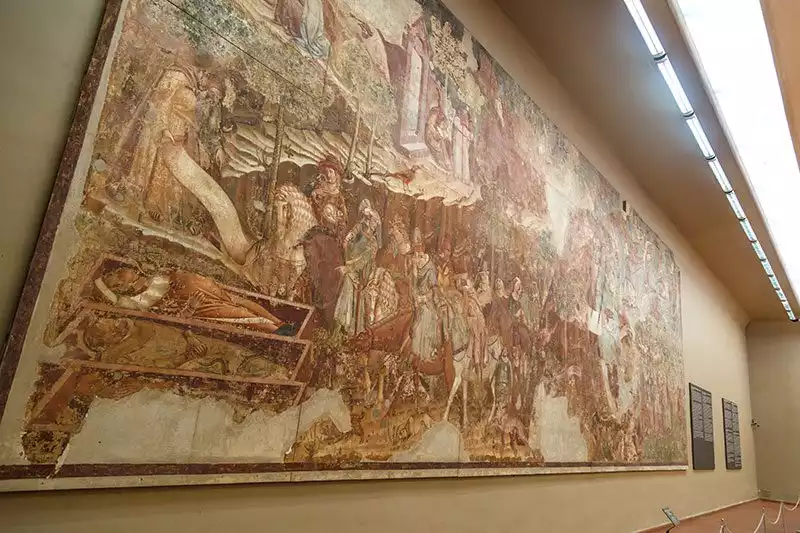
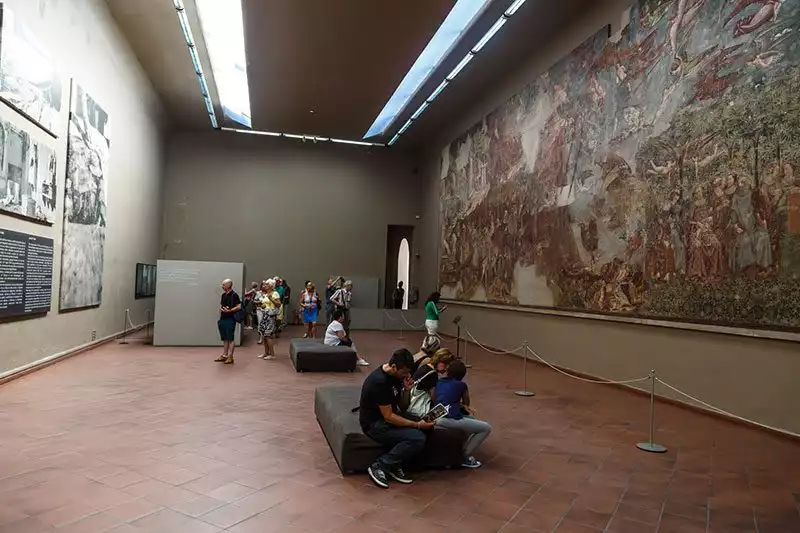
Visitors to Camposanto are curious about the large chains on the walls. The great harbor chains of the port of Pisa can be seen hanging on the walls of Camposanto. Yes, it used to be a port city, but later it became a land mass with the alluvial deposits. Just like the ancient city of Ephesus or the ancient city of Miletus.
